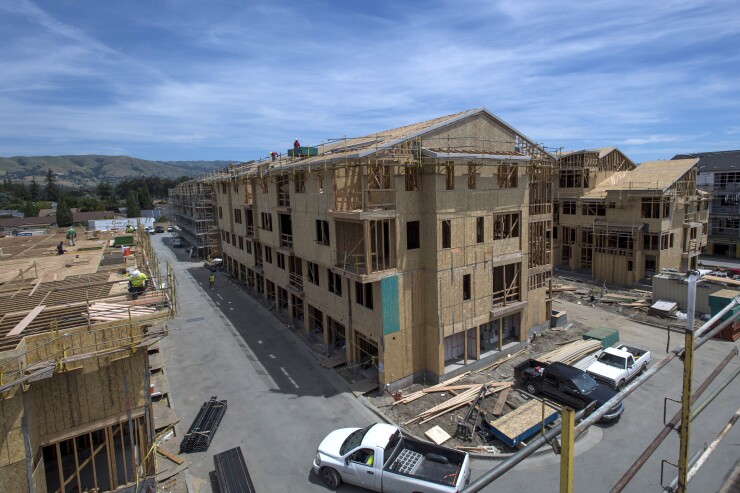Pending home sales rose 1.2% in November, according to the National Association of Realtors. Economists surveyed by IFR markets had expected pending sales to have risen by 1.1% last month.
The Pending Home Sales Index rose to 108.5 last month from 107.2 in October and 101.0 in November of 2018. The PHS is an indicator of U.S. housing activity and measures contract activity. The index is based on signed real estate contracts for existing single-family homes, condos and co-ops. An index of 100 is equal to the level of contract activity in 2001.
The Western region of the United States reported the highest growth in November while the rest of the country saw only marginal changes.
Compared with the same period in 2018, pending home sales rose nationally and in all regions of the U.S.

“Despite the insufficient level of inventory, pending home contracts still increased in November,” said NAR’s chief economist Lawrence Yun.
He said housing inventory has been in decline for six straight months dating back to June 2019. “The favorable conditions are expected throughout 2020 as well, but supply is not yet meeting the healthy demand.”
The NAR said that a recent forecasting summit, there was a consensus seen in 2020 for 2.0% GDP growth, a 3.7% unemployment rate and a 3.8% average mortgage rate. Home prices were projected to rise by 3.6% in 2020 after a 5% gain in 2019.
“Sale prices continue to rise, but I am hopeful that we will see price appreciation slow in 2020,” Yun said. “Builder confidence levels are high, so we just need housing supply to match and more home construction to take place in the coming year.”
Separately, the ISM-Chicago business survey showed activity slowly improving. The survey gives a regional view of the national economy with the Chicago Business Barometer produced with MNI summarizing current business activity.
In December, the Chicago Business Barometer rose 2.6 points to 48.8, a four-month high.
Business sentiment however fell 1.2 points to 46.2 in the fourth quarter, the lowest quarterly reading since the second quarter of 2009. The index was below the 50-mark for the second successive quarter.
December’s special question asked, “What percent of your firm’s 2020 Capital Budget plan is focused on labor productivity?”
Fifty percent are planning less than 5% of their capital budget on labor productivity, 26.2% will spend more than 5% and 23.8% more than 10%.





